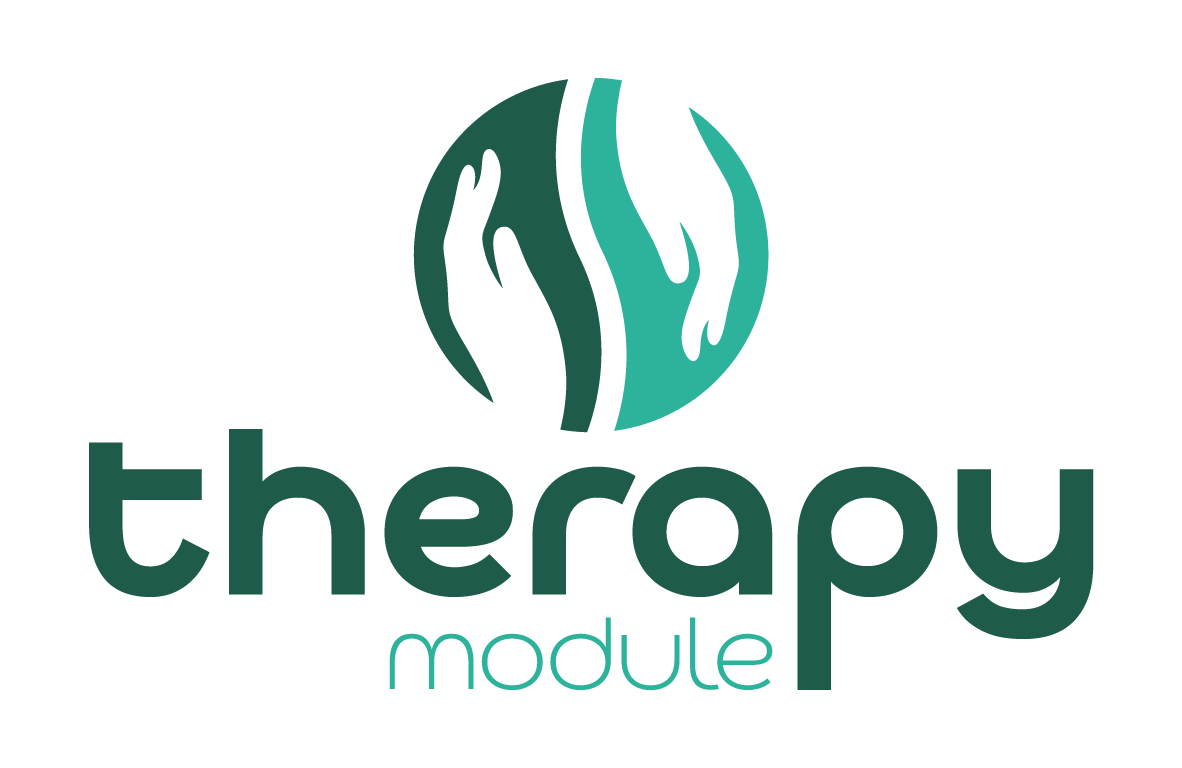EMDR Therapy’s History
EMDR (Eye Movement Desensitization and Reprocessing) therapy was developed by Francine Shapiro in 1987. Shapiro noticed that eye movements appeared to reduce negative emotions associated with distressing memories. She conducted studies and developed a standard procedure that combined eye movements with other treatment elements, leading to the development of EMDR.
Shapiro conducted a case study and a controlled study to test the effectiveness of EMDR. The controlled study involved randomly assigning individuals with traumatic memories to receive either EMDR or a similar procedure without eye movements. EMDR resulted in significant decreases in distress ratings and increases in confidence in positive beliefs compared to the non-eye movement condition.
EMDR: Quick Results in PTSD Treatment
It is important to note that Shapiro did not claim that EMDR can cure PTSD in one session. She emphasized that it desensitizes anxiety but does not eliminate all PTSD symptoms or provide coping strategies. The average treatment time was reported as five sessions.
Other controlled studies comparing different therapies for PTSD were published in 1989. EMDR showed effectiveness in achieving quick results, leading Shapiro to teach the therapy to licensed clinicians. Training restrictions were lifted in 1995 after more controlled studies were published, and EMDR became recognized as an efficacious treatment for PTSD.
EMDR Recognized: Established Therapy for PTSD
EMDR has been surrounded by controversy, with critics labeling it a pseudoscience. However, debates exist around the interpretations of the literature and the role of eye movements in EMDR.
The EMDR International Association (EMDRIA) was founded in 1995 to establish standards for training and practice in EMDR therapy. EMDR has been extensively studied and demonstrated effectiveness in the treatment of PTSD, and it is recognized as an established therapy approach.
You can find detailed information at the link.

